罗伊·利希滕斯坦·恩茨(1923-1997)


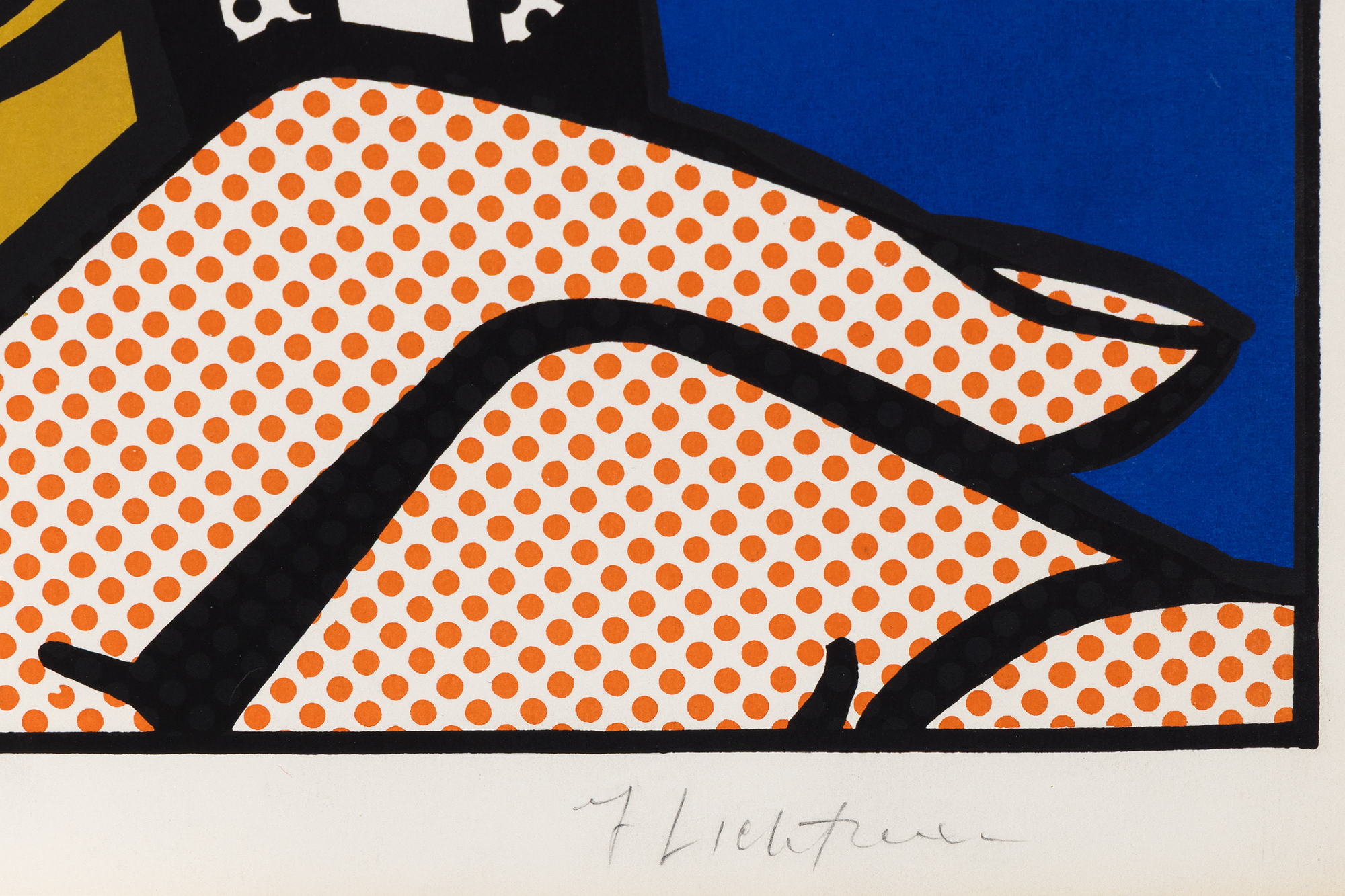

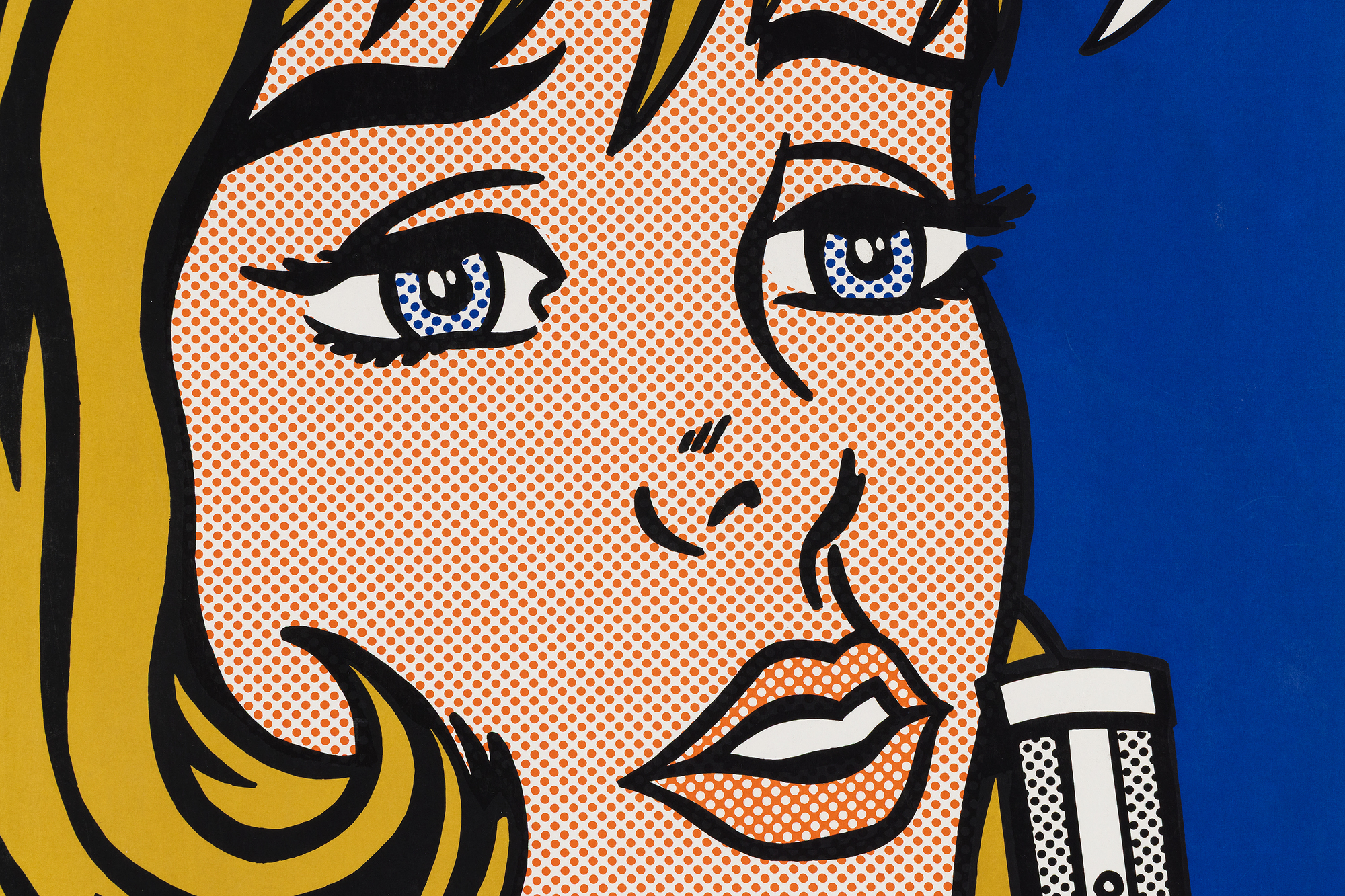
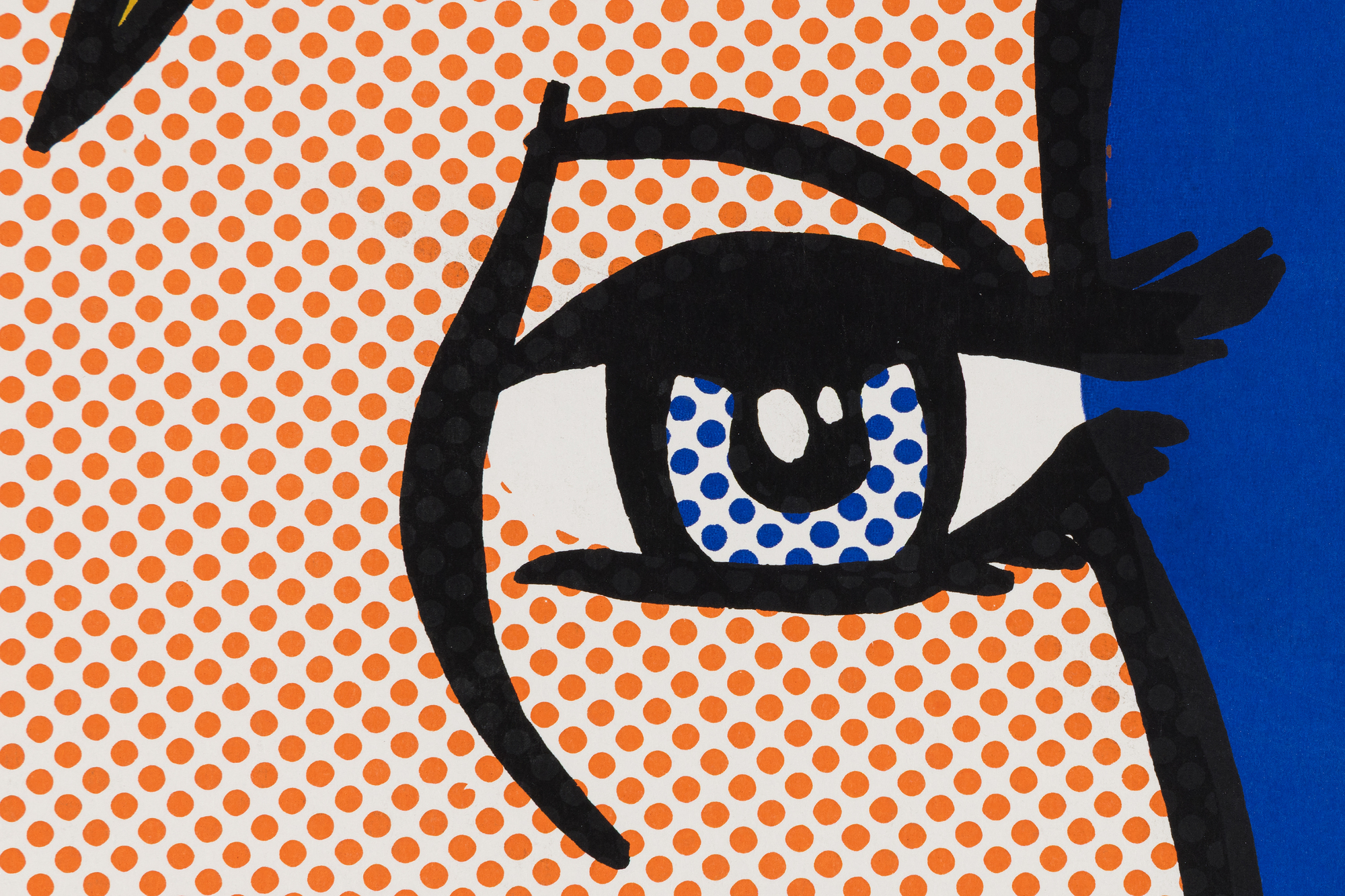
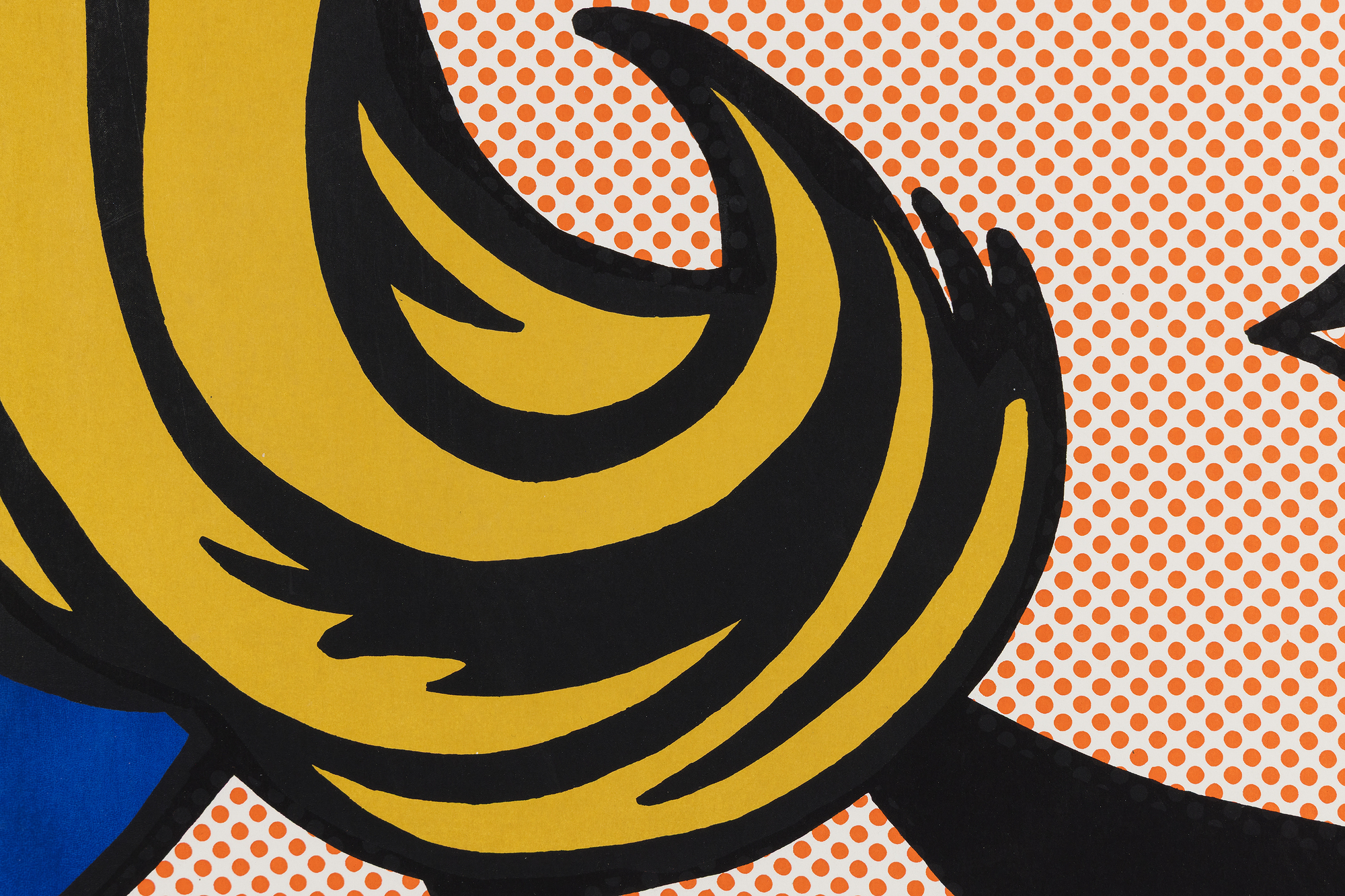

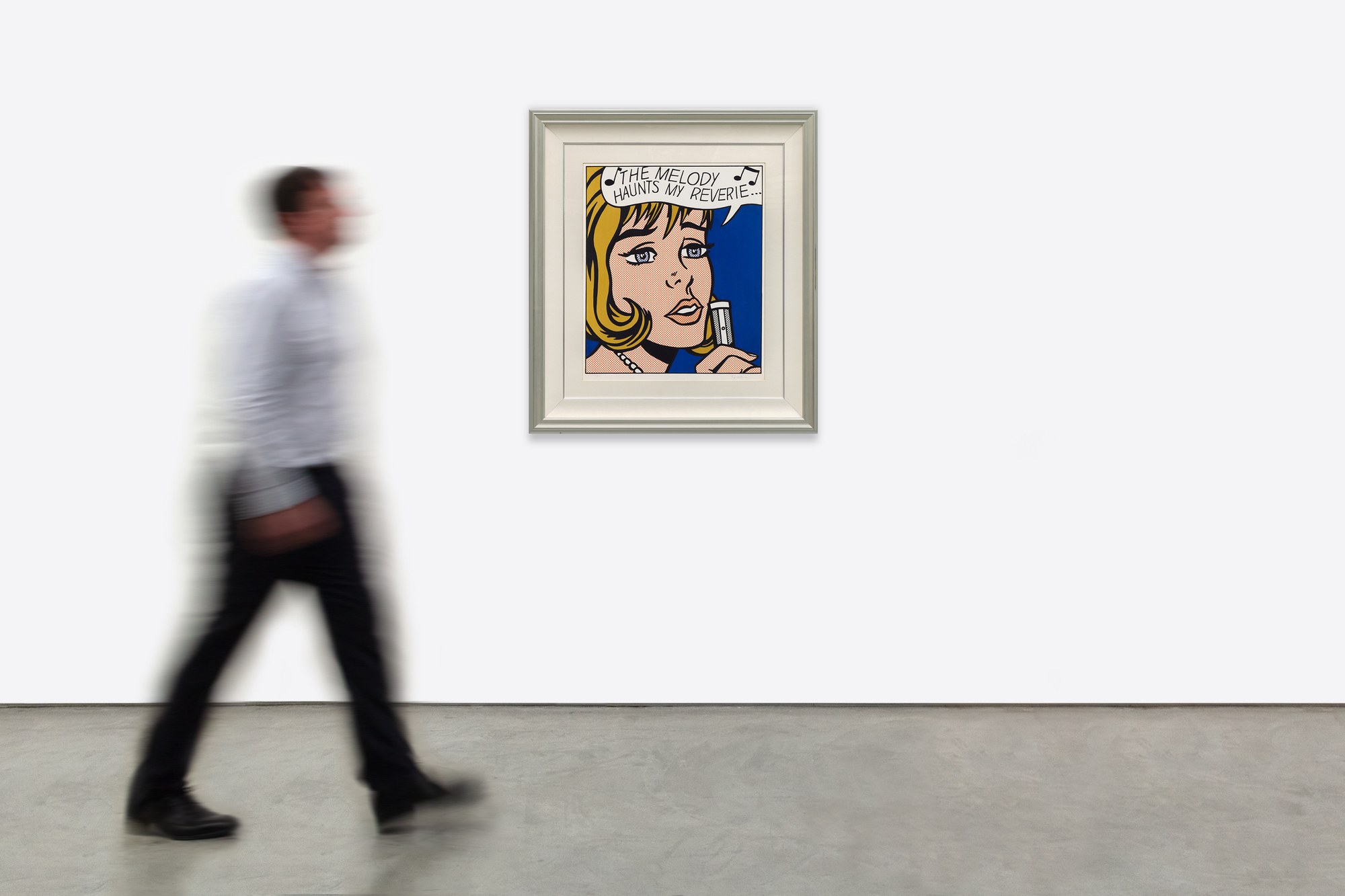
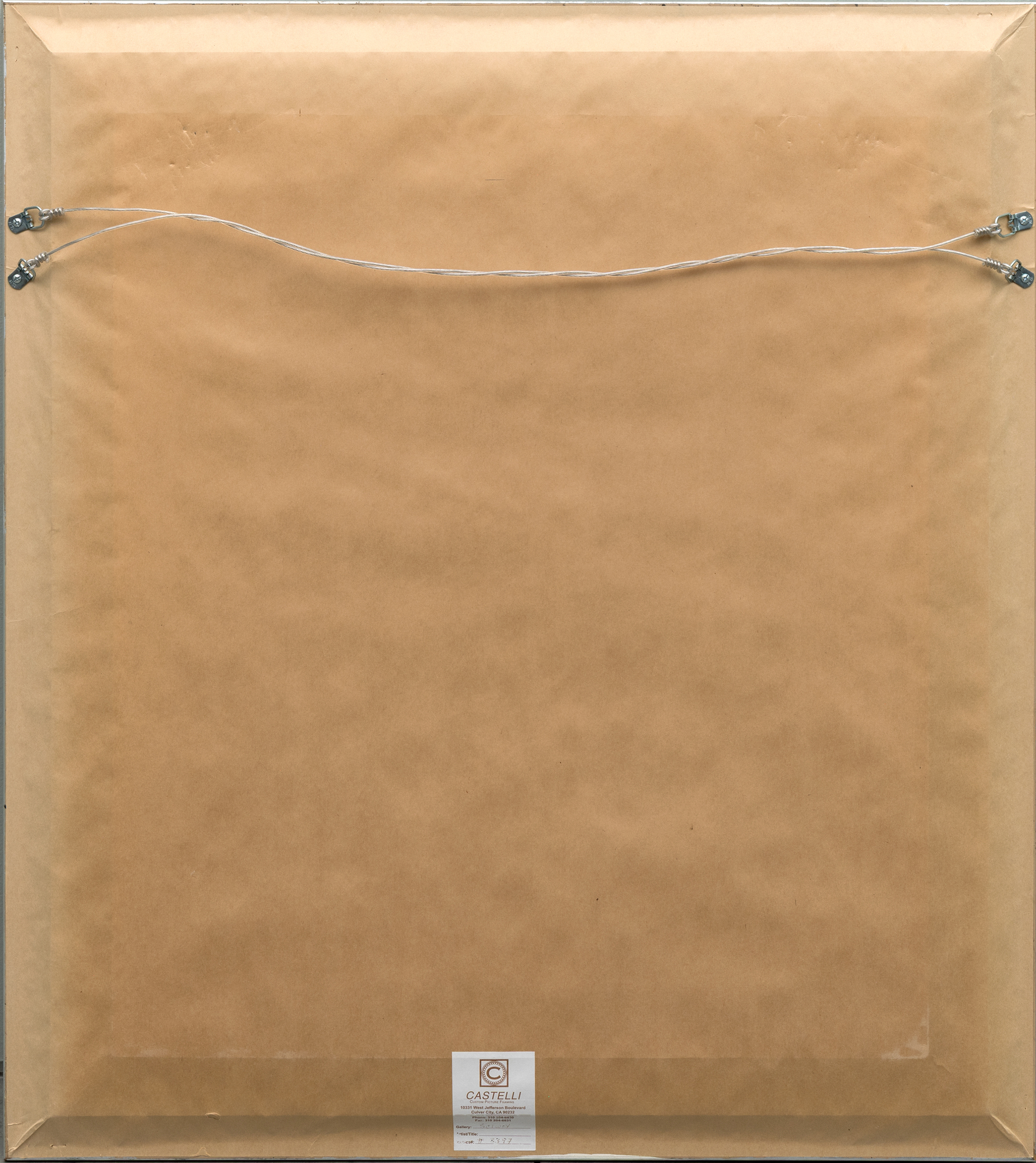
种源
汉密尔顿-塞尔维私人收藏
文学
保罗-比安奇尼编罗伊-利希滕斯坦:素描和版画》,洛桑,1970 年,第 10 期,第 220 页(黑白插图)Mary Lee Corlett, The Prints of Roy Lichtenstein:目录,1948-1993 年》,第 2 版,纽约和华盛顿特区,2002 年,第 38 页。38
Andrea Theil 和罗伊-利希滕斯坦基金会,罗伊-利希滕斯坦:目录》,纽约,lichtensteincatalogue.org,编号 1132
195,000
遐想》描绘了一位沉思的、风格化的女主人公,画面采用了利希滕斯坦标志性的Ben-Day圆点、大胆的轮廓和原色,捕捉到了漫画书叙事的戏剧性和克制性。作品的标题让人想起 1927 年霍吉-卡迈克尔(Hoagie Carmichael)的怀旧歌曲《星尘》(Stardust),特别是其中的一句歌词 "旋律萦绕着我的遐想",强调了坐着的人远眺时所传达的怀旧情绪。利希滕斯坦本人认为,他为《11 位波普艺术家》所作的贡献是他第一批真正意义上的美术版画,是他多年来掌握从蚀刻到丝网印刷等多种版画技术的结晶。
该版本的版画作品现已被芝加哥艺术学院、国家美术馆、现代艺术博物馆和史密森尼美国艺术博物馆等主要公共收藏机构收藏,充分证明了其历史和艺术的重要性。


